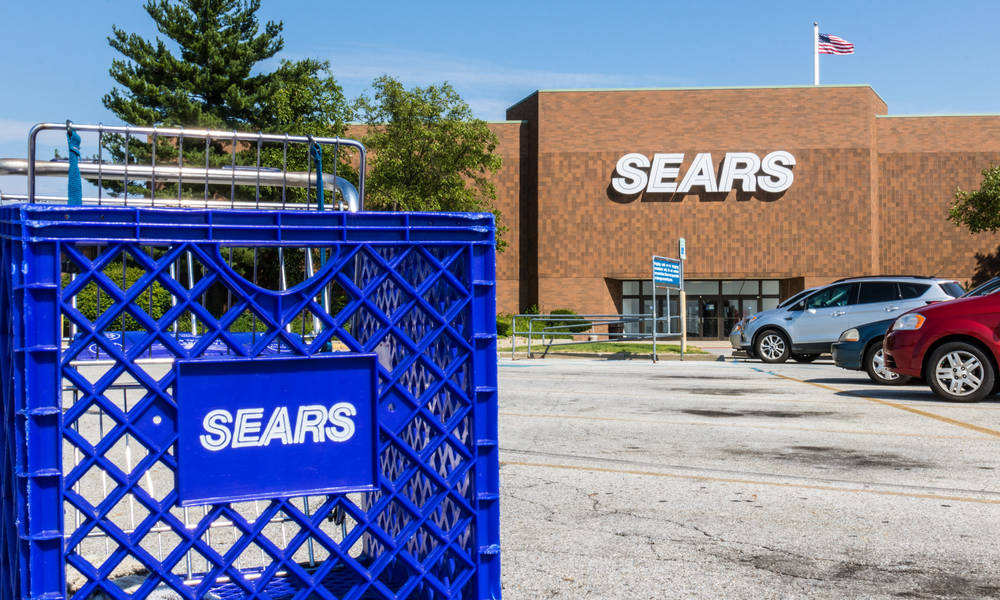
What Associations Can Learn from Sears’ Decline Into Bankruptcy
Sears was a company that effectively invented the retail economy, but it stayed stagnant in areas that didn’t benefit its business while moving away from areas where it could have kept up. Associations should take note.
There are a few things to take away from Sears’ bankruptcy this week—among them, that its legacy looms large.
Sears, Roebuck & Co. may be one of the most important companies in the history of retail, and the reasons that the company, formerly the largest retailer in the country, was such a massive influence on the modern economy were many. It reinvented the way people shop more than once—first, through never-ending catalogs, which catapulted mail order to prominence, and second, via its broad network of retail stores, which set the stage for big-box icons such as Target and Walmart.
But history can cut both ways. And beyond issues with debt, loans, and investments, Sears had a variety of problems that culminated in its bankruptcy this week. Among them:
Too broad is a bad move in 2018. One of the things that put Sears in an awkward place in 2018 was “The Everything Store,” built to sell a lot of different kinds of things in a department store format. To this day, it still does. And while it mostly focuses on promoting its tools and appliances to consumers, it still sells everything from clothing to electronics—and even does automotive service at many locations. At one point, the company also sold insurance and had its own credit card line. Due to its age, Sears built many of these businesses around a different paradigm—where it could be competitive in many places, rather than just a few, despite frays in the approach showing themselves by the early 1980s. The reason why Sears had that problem? Well …
Your legacy can hold you back. This time last year, Sears dropped a long-term relationship with appliance-maker Whirlpool. How long-term are we talking? A full century. While Sears had an amazing history, it was built upon styles of business that were no longer timely, and in locations where its business was no longer as relevant due to moving patterns among the American public. Its mail-order and retail businesses didn’t keep up with the times, and as a result, it lost its relevancy, and removing those ties was difficult. Of course, clearing away that legacy still has its benefits, but …
Don’t ditch the wrong part of the legacy. Sears, of course, became prominent based on its sizable catalog business, but ultimately pivoted to its retail business in the early ‘90s, at a time just before the internet was about to completely reinvent mail order—and offered the most potential for the company to innovate. The move came about as a major cost-cutting effort, but ultimately represented an unwitting ceding of ground to Amazon and other major retailers—despite Sears actually being early to the information superhighway via its investment in the online service Prodigy, which it also got rid of. Be careful when you prune; it might come back to haunt you.
Was there room for Sears to save face? Offer your thoughts on the matter in the comments.
(jetcityimage/iStock Editorial/Getty Images Plus)






Comments